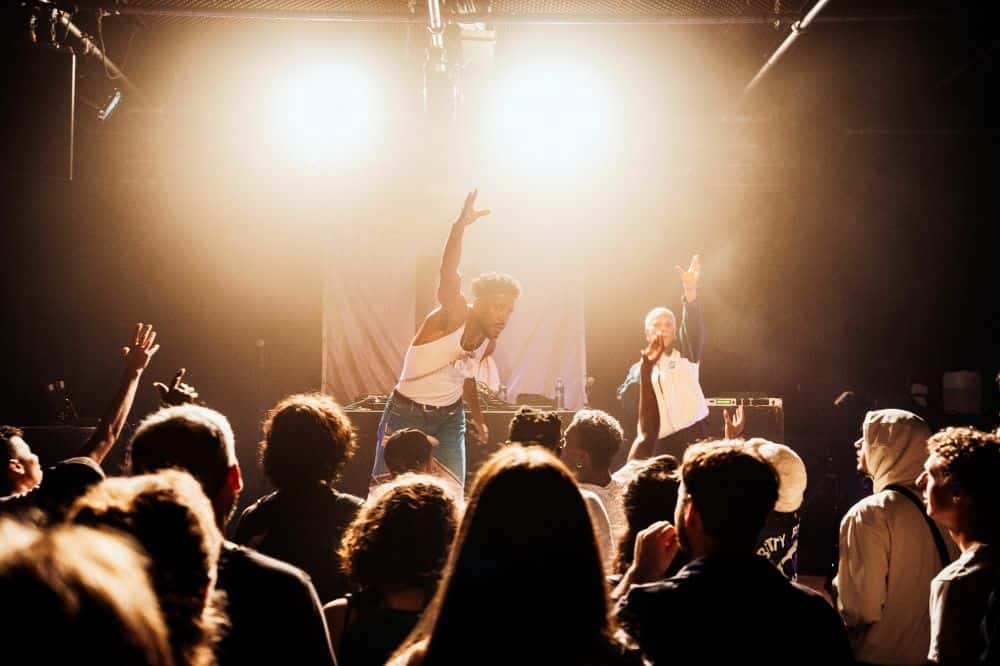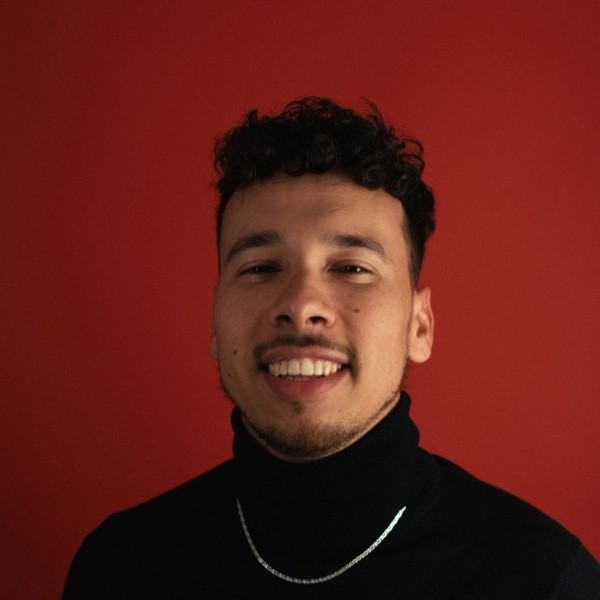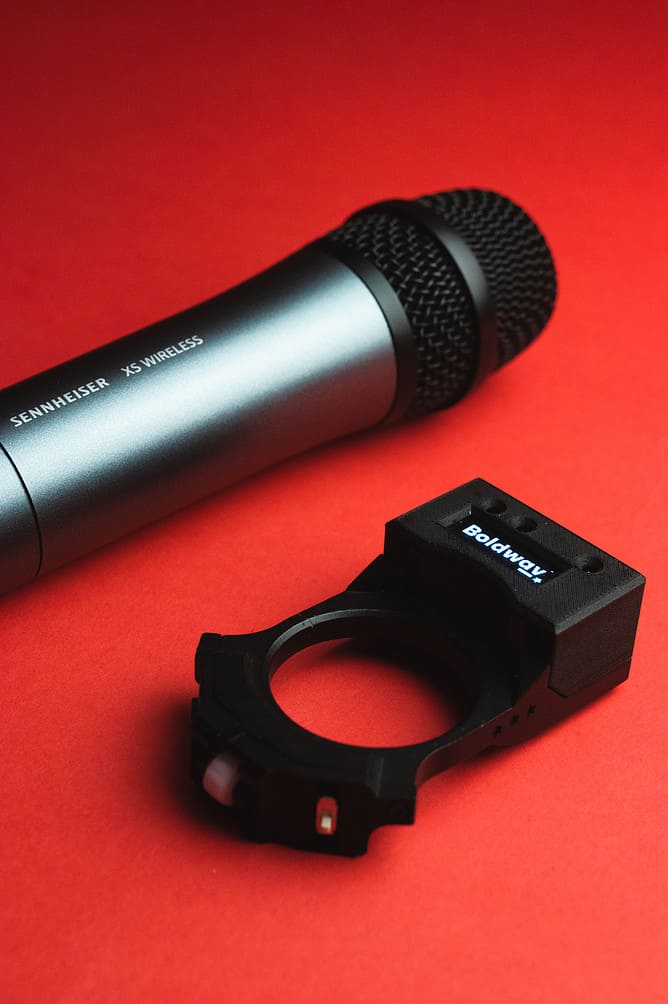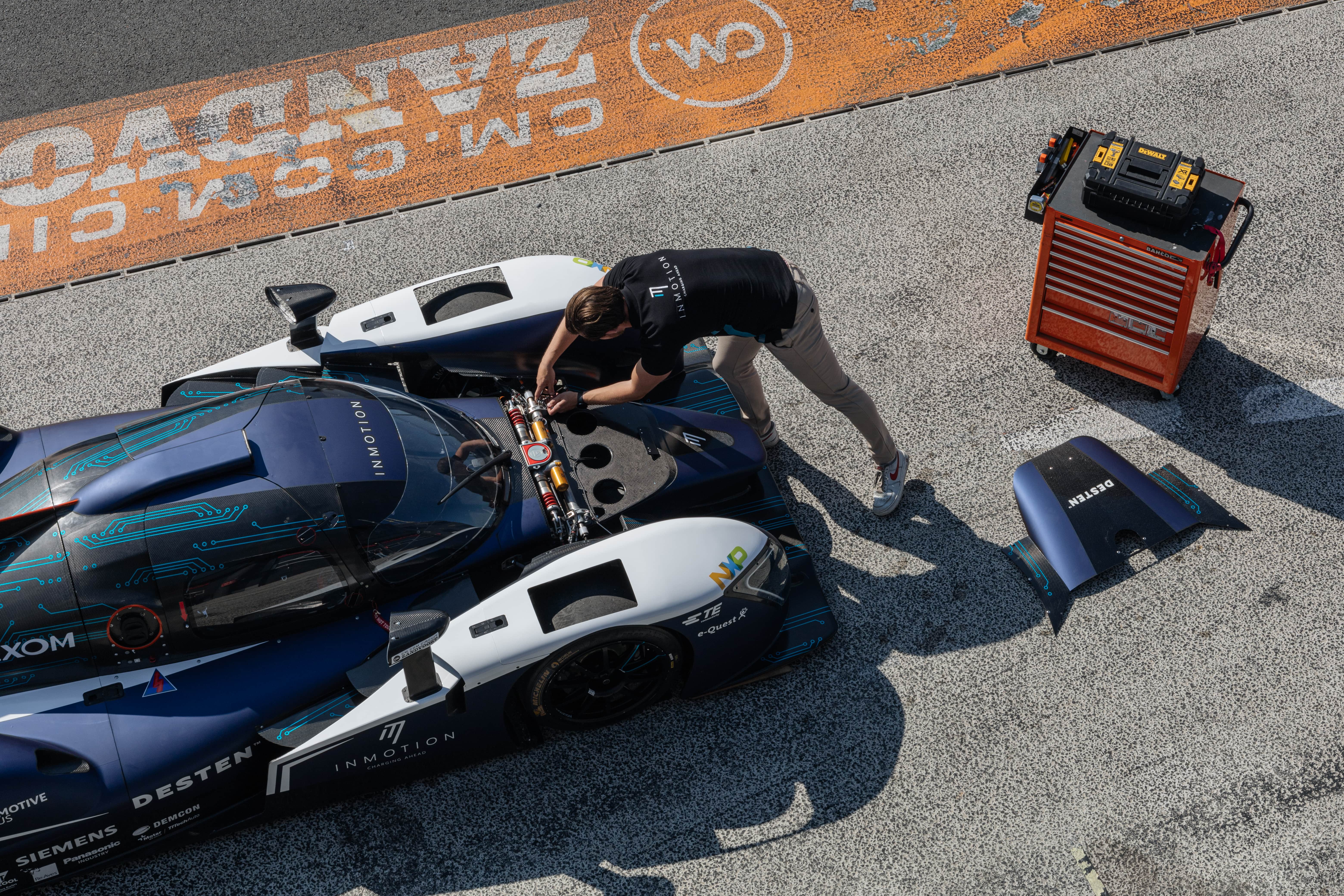
‘Do you believe in life after love? I can feel something inside me say, I really don’t think you’re strong enough.’ Are you already humming along? It is almost impossible that these lyrics from Cher’s world hit ‘Believe’ don’t sound familiar. This 1998 song is one of the first songs in which Auto-Tune can be heard.
Skip forward to 2023. The audio effect is no longer absent from music. Exact figures are not available, but two journalists from Dutch newspaper de Volkskrant listened to 245 number-one hits from the top 40 and concluded that 132 of them were audibly edited with Auto-Tune. According to Daniel Grifiths of the leading English music magazine Future Music, the effect is used in 99 percent of the songs.
TU Eindhoven’s start-ups and spin-offs
TU Eindhoven (TU/e) is a breeding ground for new ideas that lean on scientific research. Sometimes these ideas grow into spin-offs and start-ups. This brings scientific research one step closer to society. In collaboration with The Gate and TU/e, Innovation Origins puts the spotlight every month on an innovative company resulting from scientific research. This time: SpaceBorn United.
Read the other stories in this series here
Musician and entrepreneur

Selim Haase has been involved with music since his childhood. He grew up in France and Morocco until his parents moved to Helmond. While studying at TU/e, he composed and produced music for more and more Dutch artists. When he accompanied one of his clients to a gig, he noticed that there were only rap songs on the setlist. “When I asked him why he skipped all the songs with vocals, the answer was that he prefers not to perform those songs live, because he can’t use Auto-Tune on stage. And then the songs don’t sound the way they’re meant to.”
So: while Auto-Tune dominates the music industry, using this effect during a live performance is a major obstacle for the artist. For his master’s thesis project in Industrial Design, Haase looked for a solution to give the artist control and freedom when it comes to Auto-Tune.
This is how Auto-Tune works
Some years later, Haase is CEO of Boldwav, a start-up that develops an add-on for microphones so that artists control their audio settings themselves during a live performance.
Before we continue, it’s important to take a moment to explain exactly what that is, Auto-Tune. You can think of it as an audio processor that measures and changes the pitch in vocal lines and instrumental music. It was invented as a correction tool in a studio setting. “As computers got faster and faster at the beginning of this century, that system was automated,” Haase explains. “The incoming signal of a vocal note is analyzed. The user can then choose to tune that pitch to a particular key. Auto-Tune looks at which notes are closest to that, so it never sounds out of tune.”
All or nothing
In the controlled environment of a studio, the effect is very easy to use, but live it is anything but. Auto-Tune is key-sensitive, each song requires a different setting. More importantly, there is no middle ground. “If you use Auto-Tune correctly, listeners often don’t even notice. But, if it goes wrong, it’s the worst thing ever, because then a song immediately sounds as out of tune as a door.”
Add-on for microphones

Boldwav’s add-on can be clipped onto a microphone. Haase cannot say what is incorporated into the hardware of this small device; he recently filed a patent for the technology. The entrepreneur wants to keep the add-on itself as simple as possible because the most important thing is that the device is easy to use. “We started out with a lot more features, but we deleted more and more of those. Artists want to be concerned as little as possible with peripheral issues and be able to focus on the performance and their audience. Nothing more.”
So Boldwav has three functions: the artist can scroll between presets and select them on a small screen, turn the Auto-Tune on and off, and it has a “lock” function on it, so an artist doesn’t accidentally change the settings during a moshpit, for example.
In addition to Haase, Boldwav’s team includes electrical engineer Amine Mehdi Mansouri and business developer Cat de Win. In an office space in De Gate on the TU/e Campus, they are experimenting with various prototypes. By the end of this year, Haase wants to have 25 customers in the Netherlands.
More freedom of movement
The first customer has already arrived. Artist DUIMALOT, the winner of the pop round 2023, recently did his first live performance with Boldwav’s add-on.
Haase: “Almost the only alternative used in the Dutch music industry is a large device that is usually backstage and operated by a person behind the scenes. DUIMALOT likes to have control himself, so he usedc to put that device on a stool on stage to make it part of his show. But to operate the device, he constantly had to turn his back to the audience, because he has a lot of songs where he alternates between vocals and rap. That means he has a need to mute Auto-Tune during a song. With the current alternative, that’s not possible. In addition, he is very intense. One moment he is on stage rapping, and the next moment he is at the back of the hall among the audience singing. With our device, he has much more freedom of movement and his energy comes out much better, that was very cool to see.”

The artist’s experience on stage has already improved a great deal, but the downside is that someone from Boldwav always has be present to install the device. “We are now experimenting with the first customers and developing the add-on into a stand-alone product, where we no longer have to be present ourselves.”
As popular as Auto-Tune is, it also has many haters whom say it’s fake, or that musicians nowadays don’t need ‘talent’ anymore. Haase doesn’t care about any of that. “The most listened to music are all songs with Auto-Tune. The music industry has completely embraced the technology. It’s mostly non-musicians, especially the older generation, who have strong opinions about it. And being a musician myself, I think every artist should have the freedom to choose how to express themselves. With Boldwav, I want to offer artists that freedom.”
cover photo: Jessie Kamp Photography (DUIMALOT in Nijmegen)








